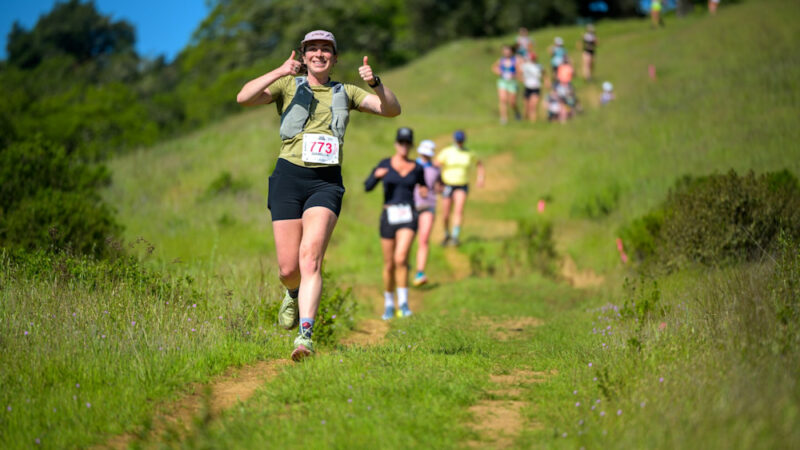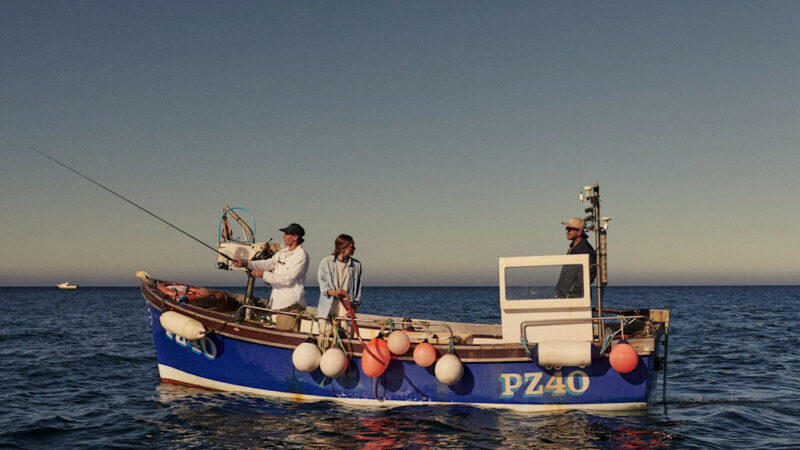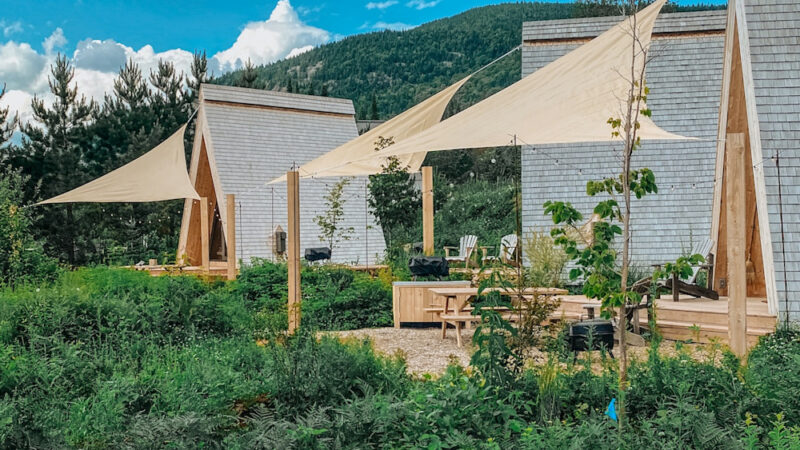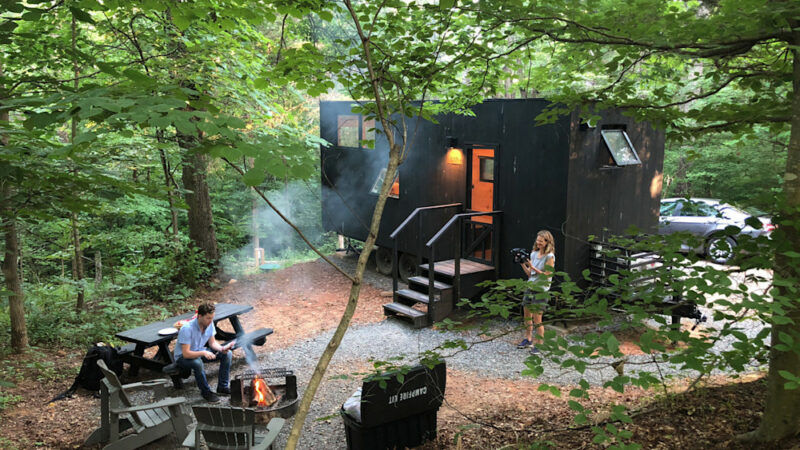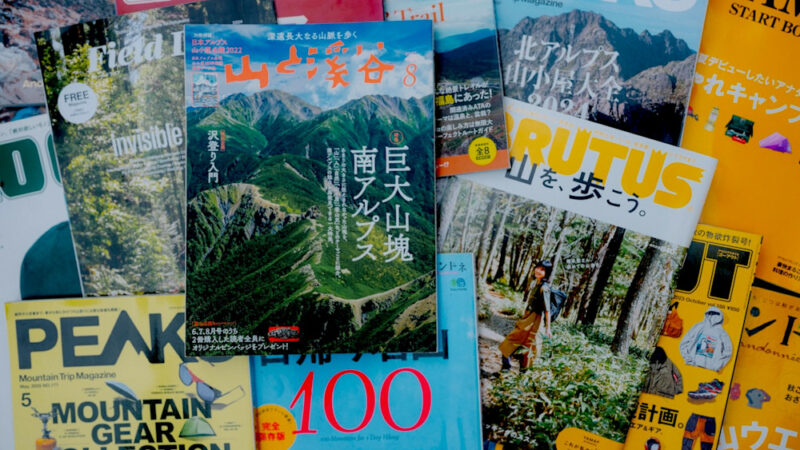New York City Surfing Guide: Where to Go and What to Expect
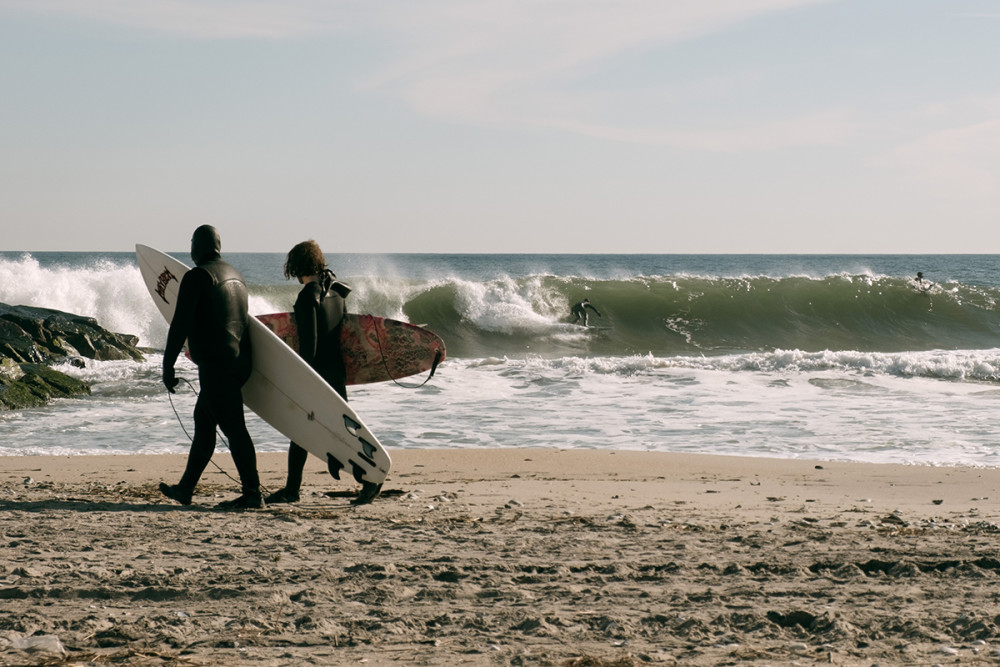
Surf Etiquette You Need to Know
What Conditions to Look For
But if you are headed to Rockaway, we got you. Here’s what to look for. First off, make sure there’s swell in the water. Rockaway works best with swell from the east and southeast; the longer the period the better (that means the waves themselves are further apart and generally have more shape and power). If the direction and period are spot on, Rockaway can be a fun longboard wave with one foot of swell or a barreling hero wave up to 10 feet. Anything bigger is best left to the pros.
Next up is wind; this is a big one. No wind is ideal (we’re talking glassy surfaces of the water, chatting with friends 15 feet away). The next best is offshore (that means the wind is blowing out to sea and helps keep the face of the wave up). At the Rock, look for North and Northwest winds. Finally, the tide. A mistimed tide has led to many sick days called into work, so we’re told. Generally, a rising or lowering tide is best. However, when the waves are on the smaller side, go with low to rising or falling tide. When there’s a healthy amount of swell in the water, high tide works, but it’s not common and shouldn’t be targeted. High tide = high time for a coffee.
Another note about the weather; surfing in the snow is very cool and should be sought out whenever possible. Surfing in the rain is less ideal. In urban areas, large rainstorms (especially after a dry spell) create a massive runoff of all kinds of stuff going into the water. Wait a day or expect not to feel 100 after the session.
New York Surf Etiquette
Similar to most surf spots around the world, when you’re new to the area, it’s best to be hyper-observant. Keep an eye on where the peak is, the best posts to paddle out to avoid collisions, and for a general vibe check in the water. The priority is the safety of yourself and those around you while keeping everyone’s boards ding free. So if you’re a beginner, go with a soft top or foamie until you’re more confident keeping your board to yourself.
It’s also a good idea to surf around folks with a similar level of proficiency. There’s no shame in belly-riding the whitewater or doing hop-ons in the shore break. Riding waves is fun. Sometimes that means catching set waves, and sometimes it means glorified boogie boarding.
With safety in mind, always surf within your limits. If the waves are huge, the currents are strong, and hey—you did take the train all the way out, so you should go out—it’s okay to stay dry. Rockaway might seem like a mellow spot, but it’s still the ocean. Shit can get real fast.
Organizations to Surf With in NYC
The beauty of surfing in NYC is the diversity and vibrancy of the folks in the lineup (and getting a world-class slice after a session—or heading to the MoMA if you fancy like that). There are loads of organizations to get involved with for folks new to the scene.
If you’ve never surfed or want to up your skills, head to Locals. They’re the top lessons provider and will teach you everything you need to know to become a safe, capable surfer. From etiquette to Rockaway local knowledge, this is the spot. Plus, they have a snazzy cafe and board storage with showers right by the 67th Street station for when you graduate to full-on ripper.
Benny’s Club is dedicated to creating an inclusive space for queer and POC surfers. They host meetups, events, sessions, and clean-ups and are fast becoming an influential presence in the surf community far beyond Rockaway (yes!).
Rockaway-based Black Surfing Association is dedicated to improving access to the waves for community members.
Laru Beya Collective provides lessons and water safety classes for Rockaway youth and underserved communities, while Stoked (co-founded by surf/tv legend Selema Masekela) mentoring organization teaches surfing and swimming to youth across the city. All organizations welcome volunteers and are a great way to give back to the community and get to know like-minded folks.
Source: https://www.fieldmag.com/articles/new-york-city-surf-guide


